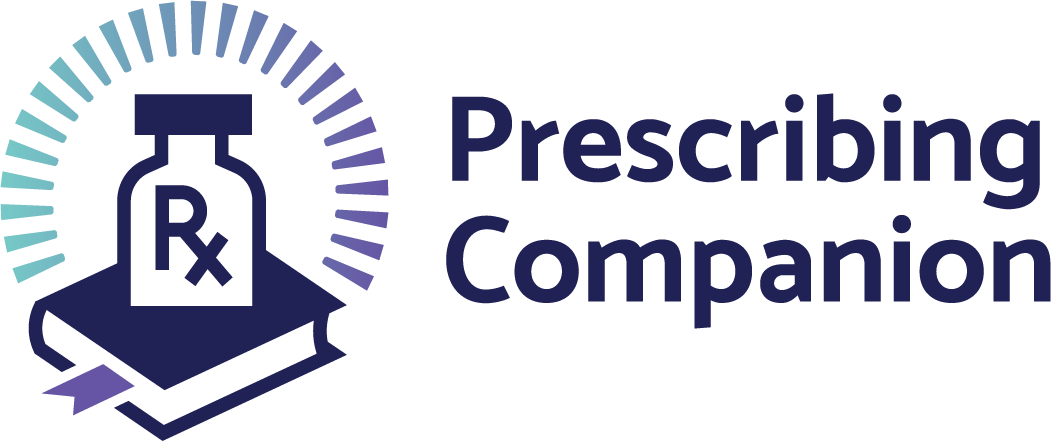These guidelines focus on key interventions branded as the THREE I’s (Intensive case finding, Isoniazid prophylaxis therapy and Infection control for TB) for HIV-TB activities that reduce TB-related morbidity and mortality in HIV-infected individuals. Another key intervention is the provision of ART.
Daily TPT can prevent TB in people who are at a high risk for developing TB, including HIV-infected individuals.
Screen all patients for TB at any opportunity that presents (see Figure XX)
Screen all pregnant and breast-feeding women, regardless of HIV status, for TB at every contact as it is part of Focused ANC.
Screen all children for TB at every contact Give TPT to the following:
- HIV-infected children < 12 months old with TB contact and after ruling out active TB
- Newly HIV-infected pregnant and breast-feeding women, children ≥ 12 months old, adolescents, and adults after ruling out active TB
- TPT should be given every 3 years in HIV-infected adults, adolescents and children ≥ 12 months old
NB: Do not give TPT to a patient who has any signs suggestive of active TB. This patient needs full investigation for TB and combination TB treatment if confirmed to avoid TB drug resistance
Standard TB screening questions include:
- Current cough: any duration, productive or non-productive
- Unexplained weight loss (adults)
- Failure to thrive and/or malnutrition (children)
- Fever or night sweats
Treatment
Drugs for TPT
Daily Isoniazid with Pyridoxine (Vit B6) for 6 months
Daily Isoniazid with Rifampicin (RIFINA) for 3 months (DRV-r and ATV-r cannot be used with RIF)
Weekly High Dose Isoniazid (600 – 900mg) with Rifapentine (3HP) for 3 months (DTG does not require dose adjustment for 3HP)
Daily Isoniazid (300mg) with Rifapentine (1HP)
Shown to be as effective as 9 months of INH for TB prevention in PLHIV
Associated with increased completion of treatment compared to standard of care with INH for 6-9months Proportion with adverse events is shown to be lower than reported in the months of Isoniazid.
Can be taken by HIV positive on or not on ART though the effect is higher in those who are on ART. There may be viral blips noticed during the month of taking 1HP but most patients don’t develop treatment failure.
1HP is currently not recommended in HIV positive pregnant women or those with severe hepatic dysfunction or body weight less than 30kg.
The dosing of the rifapentine is 300mg daily for weight of < 35kg, 450mg daily for those weighing 35 – 45kg and 600mg for weight above 45kg).
1HP is administered with a daily dose of Pyridoxine at 50mg.
Reported adverse events include neutropenia, rashes, diarrhea which are minimal.
Table 112: Summary of TPT Regimens
|
Regimens |
Interval & Duration |
Dosage |
Toxicity |
|
Isoniazid (300mg) - 6H |
Daily for 6 months |
300mg/day |
Hepatotoxicity (more), peripheral neuropathy, rash, gastrointestinal (GI) upset |
|
Isoniazid and Rifampicin (3HR) |
Daily for 3 months |
1 tab/day |
Hypersensitivity reactions, hepatotoxicity (less), rash, GI upset, hypoprothrombinemia, orange discoloration of body fluids |
|
Isoniazid (300mg) and Rifapentine (300mg) - 3HP (300mg/300mg) – Also referred as “12-dose regimen” |
Weekly for 3 months |
3 tabs once per Week (for 12 weeks maximum) |
Flu-like syndrome, hypersensitivity reactions, GI upset, orange discoloration of body fluids, rash, hepatotoxicity (less) |
|
Isoniazid (300mg) and Rifapentine (600mg) - 1HP |
Daily for 1 month |
1 tab/day |
|
Contraindications and/or when to Stop TPT:
- Suspected or confirmed active TB (start ATT)
- Jaundice and/or icterus (yellow eyes) or active hepatitis
- Known or suspected hypersensitivity to INH or severe skin rash
- Confusion/convulsions
- Dizziness
- Low BMI < 18kg/m2
- Peripheral neuropathy e., Severe numbness/burning pain and muscular weakness of legs and/or arms
- Concomitant medication: Phenytoin, Carbamazepine, Warfarin, Theophylline, Selective Serotonin Re- uptake Inhibitor antidepressants (e.g., Fluoxetine, Paroxetine) oral Ketoconazole or Itraconazole
How to give TPT
- Educate patients on the side effects of TPT
Table 113: Dosage for Isoniazid preventive therapy, Co-trimoxazole prophylaxis and combination INH/ CTX/VIT B6 drugs
|
Drug |
Child tablet or oral suspension |
Number of scoops or tablets by weight band |
Adult tablet |
||||
|
|
|
3 to < 6kg |
6 to < 10kg |
10 to < 14kg |
14 to < 20kg |
20 to < 25kg |
≥ 25kg |
|
Isoniazid (INH) |
100mg |
0.5 |
1 |
1.5 |
2 |
2.5 |
300mg (1 tablet) |
|
Co- trimoxazole (CTX) |
Suspension 200/40mg per mL |
2.5mL |
5mL |
5mL |
10mL |
10mL |
— |
|
Drug |
Child tablet or oral suspension |
Number of scoops or tablets by weight band |
Adult tablet |
||||
|
|
Tablet 100/80mg |
1 |
2 |
2 |
4 |
4 |
— |
|
Tablet 400/80mg |
NA* |
1⁄2 |
1⁄2 |
1 |
1 |
400/80mg (2 tablets) |
|
|
Tablet 800/160mg |
NA |
NA |
NA |
1⁄2 |
1⁄2 |
800/160mg (1 tablet) |
|
|
Pyridoxine (Vitamin B6) |
Tablet 25mg |
NA |
NA |
NA |
1⁄2 |
1⁄2 |
25mg (1 tablet) |
|
INH/CTX/ Vit B6 |
Tablet 300/960/25mg |
NA |
NA |
NA |
1⁄2 |
1⁄2 |
300/960/25mg (1 tablet) |
In HIV-infected individuals, TPT should be dispensed for the same duration as ART to avoid multiple hospital visits
Side effects must be assessed at 1, 3 and 6 months after starting TPT preferably via telephone or any other appropriate modalities
Give concomitant Pyridoxine (Vitamin B6) 1 tablet 25-50mg once daily to prevent side effects of Isoniazid in all populations taking TPT
Repeat TPT
In PLHIV, TPT should be given every 3 years as the protective effects wanes off with time
Table XX: Dosage for Isoniazid Preventative Therapy, Co-Trimoxazole Prophylaxis and Combination INH/ CTX/VIT B6 Drugs
*NA = Not Applicable
